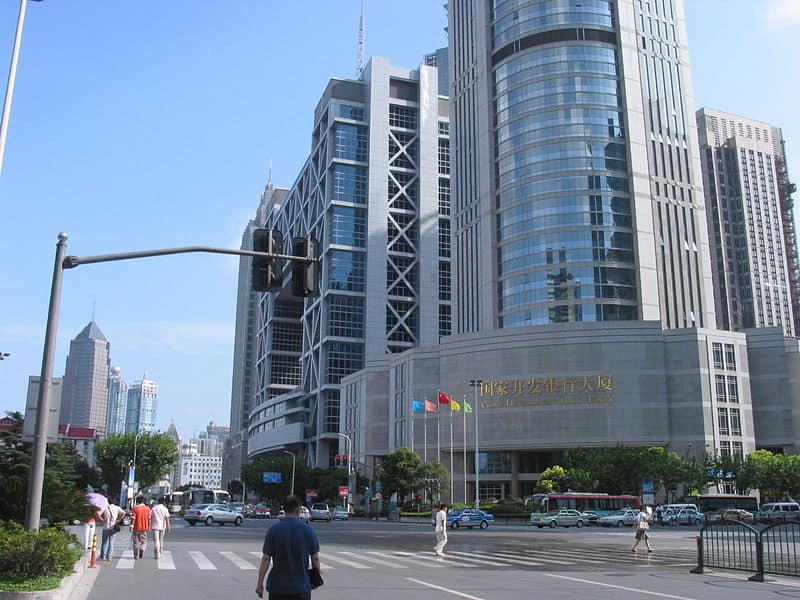Expanding co-operation with overseas financial institutions could drive China’s policy banks to better adhere to international standards.
China Development Bank (CDB) and the Export-Import Bank of China (Ex-Im Bank), the world’s two biggest development banks, hope to spread the burden of international financial undertakings according to sources speaking to The Financial Times.
A statement from CDB said that it was “actively co-operating” with the European Bank for Reconstruction and Development (EBRD) and had plans to sign a memorandum of understanding in order to pave the way for future co-lending.
Ex-Im Bank is reportedly also in discussions with EBRD on the matter of future partnership.
According to sources CDB and EBRD intend to co-finance two large-scale infrastructure projects that will involve strict adherence to international standards.
Analysts point out that this could mark one of the first occasions that a Chinese policy bank extends credit overseas with requiring that a Chinese company be involved with the project.
China’s policy banks have been wont to overlook international standards when embarking upon overseas infrastructure and development projects, by requiring that the country’s own state-run construction and engineering firms serve as constructors.
They’ve also come under fire for failing to conduct adequate studies of environmental and social impacts.
The pursuit of greater cooperation with foreign financial institutions by China’s policy banks arrives in the wake of frequent troubles for the country’s overseas infrastructure projects.
A study from Washington-based RWR Advisory Group indicates that around 14% of 1,674 China-backed infrastructure projects announced in BRI countries since 2013 have met with difficulties, including public opposition, labour disputes, performance delays and national security issues.
CDB and Ex-Im Bank are the world’s two biggest development lenders, with their outstanding loans to foreign debtors standing at almost USD$700 billion as of the end of 2017.
According to research from Kevin Gallagher at Boston University’s Pardee School for Global Studis this amount is on par with the combined outstanding lending of the World Bank and five leading regional development banks.

